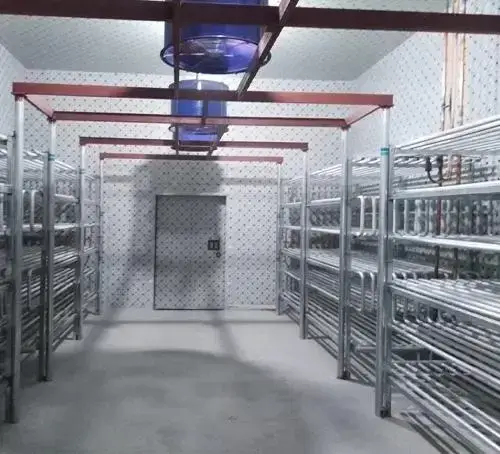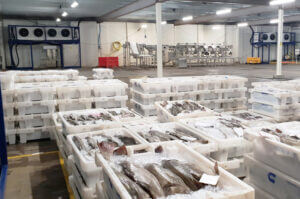Jan . 21, 2025 05:12
Back to list
Water-Cooled Screw Chiller
Troubleshooting a screw chiller, especially those sourced from China, requires a nuanced understanding of both the equipment and the environmental factors that can influence its performance. As an industry expert with years of experience, I have navigated these challenges, ensuring optimal functionality and longevity of these systems.
4. High Discharge Pressure High discharge pressure can be caused by numerous factors, including dirty condenser coils, air or non-condensables in the system, or a malfunctioning expansion valve. Cleaning the condenser coils is a straightforward task that can significantly improve heat rejection efficiency. If the problem persists, purge the system of non-condensables. Calibration or replacement of the expansion valve might be necessary if it continues to underperform. 5. Low Suction Pressure Conversely, low suction pressure typically indicates restrictions in the system or evaporator problems. Blockages often occur in the filter drier or expansion device, both of which should be inspected and cleaned. The evaporator coil should be examined for ice build-up, which can be alleviated by addressing airflow issues or defrosting cycles. 6. Electrical Issues Electrical faults are some of the more elusive problems. They may arise from faulty wiring, circuits, or control boards. Conduct a thorough examination of all electrical connections and components, ensuring everything is secure and functional. Utilizing multimeters to check electrical continuity and voltages can help isolate issues. If control boards manifest faults, consult the manufacturer's guidelines for reconfiguration or replacement. 7. Regular Maintenance and Monitoring Prevention via regular maintenance and monitoring is key to avoiding most of the aforementioned issues. Scheduled inspections, cleaning, and part replacements based on the manufacturer’s directives effectively enhance the efficiency and lifespan of the chiller. The complexity of troubleshooting screw chillers, particularly those manufactured in China, cannot be underestimated, given variances in engineering standards and practices. Nonetheless, by adhering to these practical, expert-backed strategies and maintaining a diligent maintenance routine, you can ensure the optimal performance of your Chinese screw chiller. Always consult the OEM documentation for specific guidelines pertinent to your model, and consider engaging certified technicians for advanced troubleshooting if problems persist beyond initial assessments.


4. High Discharge Pressure High discharge pressure can be caused by numerous factors, including dirty condenser coils, air or non-condensables in the system, or a malfunctioning expansion valve. Cleaning the condenser coils is a straightforward task that can significantly improve heat rejection efficiency. If the problem persists, purge the system of non-condensables. Calibration or replacement of the expansion valve might be necessary if it continues to underperform. 5. Low Suction Pressure Conversely, low suction pressure typically indicates restrictions in the system or evaporator problems. Blockages often occur in the filter drier or expansion device, both of which should be inspected and cleaned. The evaporator coil should be examined for ice build-up, which can be alleviated by addressing airflow issues or defrosting cycles. 6. Electrical Issues Electrical faults are some of the more elusive problems. They may arise from faulty wiring, circuits, or control boards. Conduct a thorough examination of all electrical connections and components, ensuring everything is secure and functional. Utilizing multimeters to check electrical continuity and voltages can help isolate issues. If control boards manifest faults, consult the manufacturer's guidelines for reconfiguration or replacement. 7. Regular Maintenance and Monitoring Prevention via regular maintenance and monitoring is key to avoiding most of the aforementioned issues. Scheduled inspections, cleaning, and part replacements based on the manufacturer’s directives effectively enhance the efficiency and lifespan of the chiller. The complexity of troubleshooting screw chillers, particularly those manufactured in China, cannot be underestimated, given variances in engineering standards and practices. Nonetheless, by adhering to these practical, expert-backed strategies and maintaining a diligent maintenance routine, you can ensure the optimal performance of your Chinese screw chiller. Always consult the OEM documentation for specific guidelines pertinent to your model, and consider engaging certified technicians for advanced troubleshooting if problems persist beyond initial assessments.
Prev:
Next:
Related PRODUCTS
Copyright © 2025 Shijiazhuang Xuexiang Refrigeration Euquipment Co.,Ltd. All Rights Reserved. Sitemap | Privacy Policy
















































































































